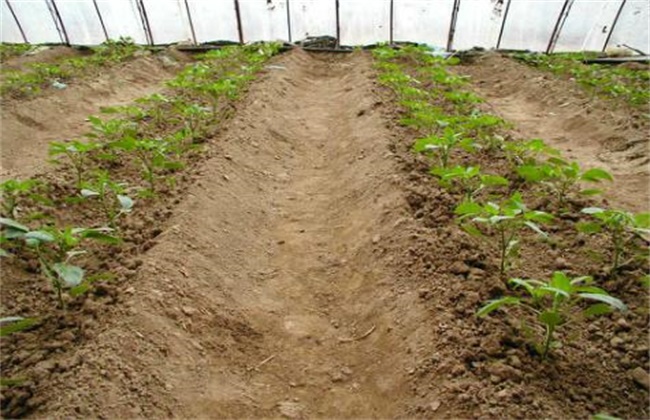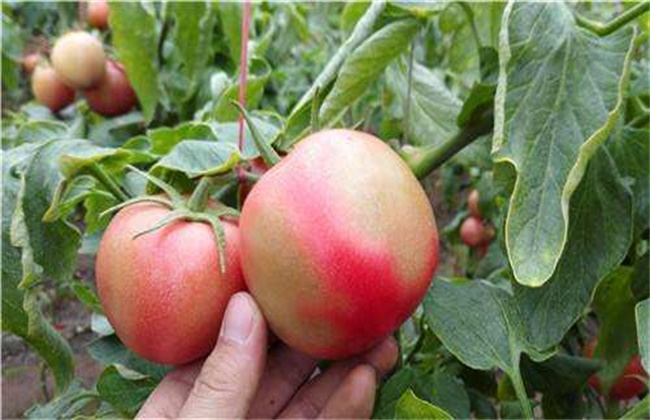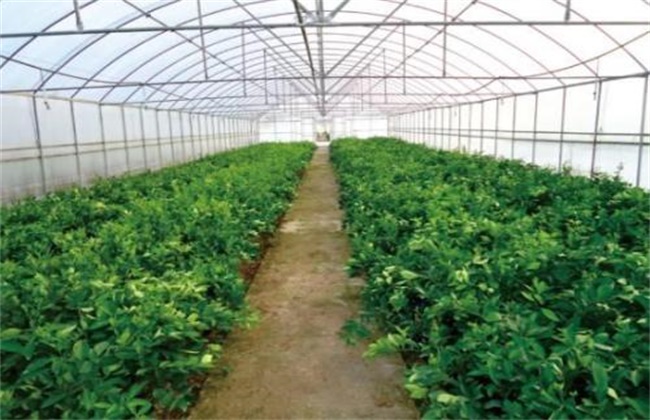How to manage chili after planting in winter
Pepper is the most common vegetable in our life, and many people can't eat three meals a day without it, but now planting overwintering chili peppers can be put on the market around the Spring Festival and get higher returns. At this time, some farmers are asking how to manage winter chili after planting. Let's take a look at it with Xiaobian.

1. Temperature management
The temperature in winter is too low to meet the needs of normal growth of hot pepper, so it should not be watered before slowing down the seedlings, and the greenhouse should be closed properly to promote hairy roots. the temperature should be controlled at 26-30 degrees during the day and 18-20 degrees at night. After slowing down, the temperature should be controlled at 25 degrees during the day and 15-18 degrees at night. When the plant enters the flowering and fruiting stage, the air temperature decreases gradually, so the grass cover should be uncovered early and late, so that the temperature in the greenhouse can reach the suitable environment for pepper growth.
2. Fertilizer and water management
After the chili pepper is planted, the temperature in the greenhouse is low, so watering should be reduced. When the soil is dry, small water can be irrigated 1 or 2 times, watering should be carried out on a sunny morning, and the greenhouse should be fastened in time after watering, so as to increase the ground temperature and promote root rooting. It should be ventilated and dehumidified in the afternoon to reduce air humidity so as to avoid the occurrence of diseases and insect pests. In the deep winter season, if there is a shortage of water, we should irrigate small water, not flood irrigation, the temperature rises at the end of winter, try not to water, lest plants grow too long, resulting in falling flowers and fruits. During the critical period of pepper fertilizer in seedling stage, some mature organic fertilizer should be applied at this time. In the greenhouse with serious disease, some bio-organic fertilizer can be applied to improve soil structure and reduce the occurrence of diseases.
3. Pruning and thinning fruit
During the growing period of pepper, the abnormal fruit and the lateral branches below the pepper should be removed in time, which can save nutrients, promote the full development of the fruit, increase the yield and improve the quality. In order to avoid plant lodging, measures such as transplanting racks and hanging seedlings can be taken to hang vines when the plant grows to 40 centimeters high, which can prevent too many hanging fruits from causing plant lodging.
4. Florescence management
One of the main reasons for pepper falling in low temperature, high humidity and low light in winter, so when pepper enters the flowering stage in winter, measures such as increasing ventilation, reducing humidity, increasing light and increasing temperature should be taken to increase fruit setting rate. it has a significant effect on the increase of yield.
The above is the introduction of how to manage the chili after planting in winter. I hope it can help you. If you want to know more about it, please pay attention to us.
Related
- Where is it suitable to grow horseradish in China? it is expected to see the middle altitude horseradish in Alishan.
- How to prevent tomato virus disease reasonably? (Control methods included)
- Many people like to plant towel gourd on the balcony. What are the main points of this method and management?
- What crops can chili peppers be mixed with?
- Fertilization techniques and matters needing attention in Tomato
- What are the grafting techniques for peach seedlings in spring?
- Harm and control methods of root swelling disease of Chinese cabbage
- What are the pests of sweet potatoes? How to prevent and cure it?
- Symptoms, causes and Control methods of navel Rot in Tomato
- The cause of "Cucumber rotten bibcock" in Farmers' planting Cucumber and its Control Plan



